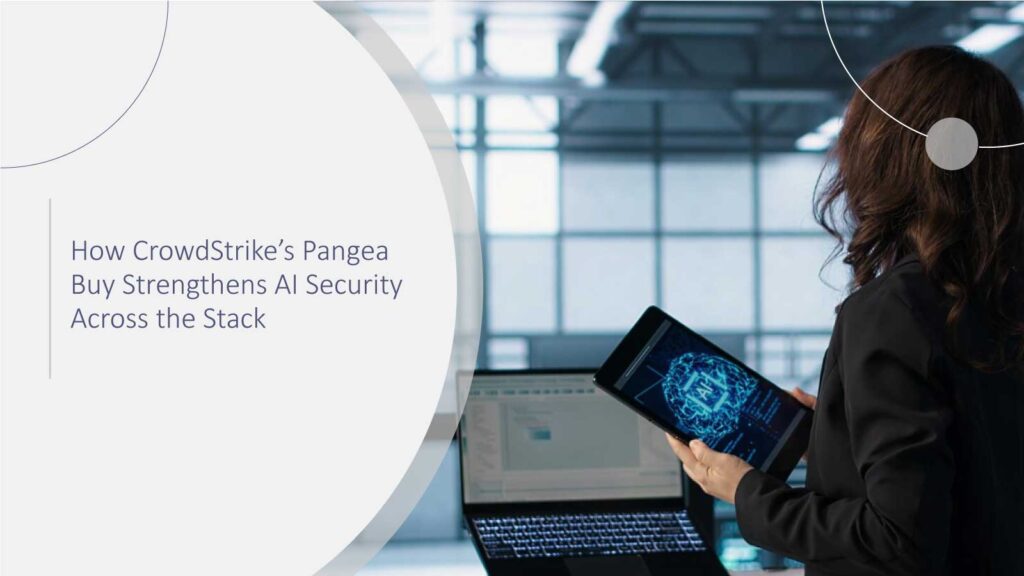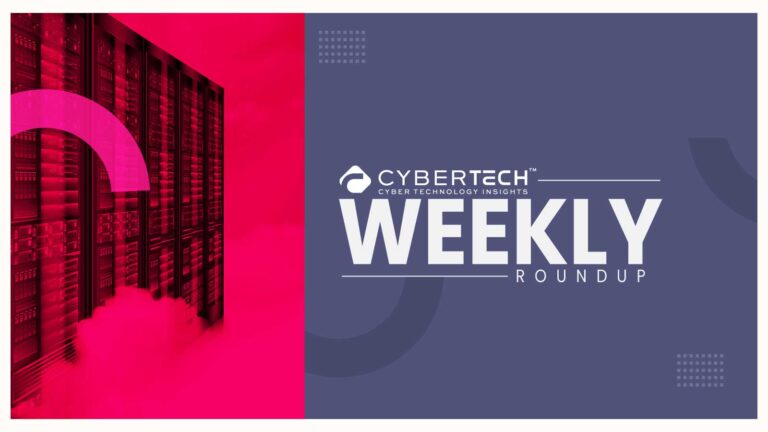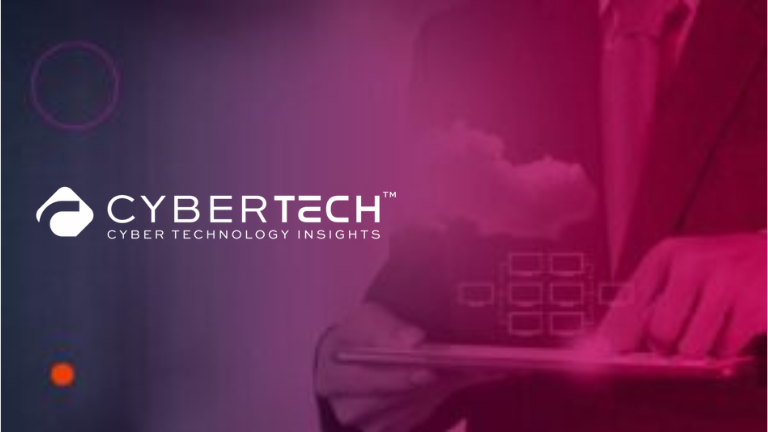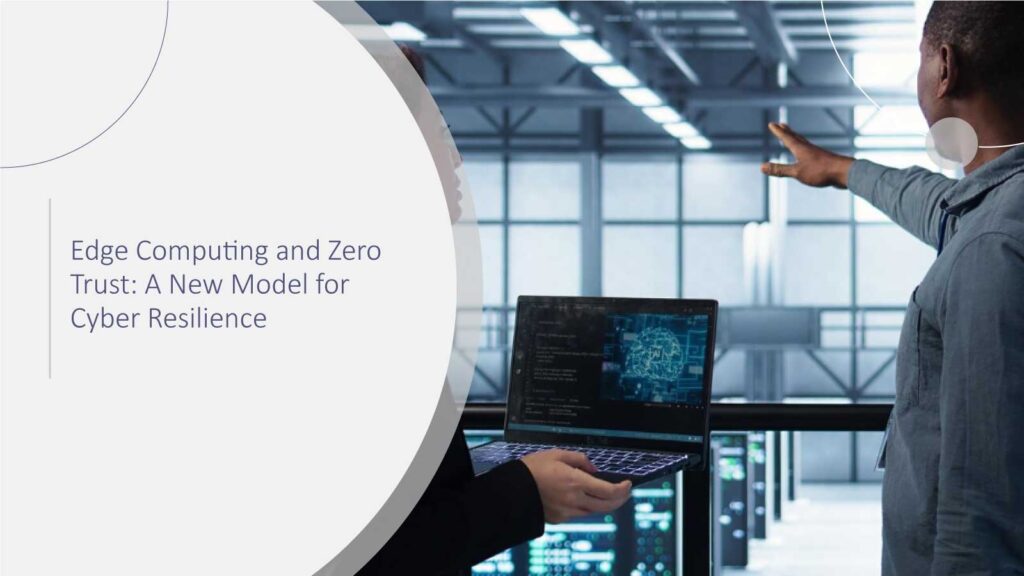Introduction – Why This Acquisition Matters Now
Artificial intelligence is not just a scientific experiment. It’s being used in customer support, fraud detection, HR automation, marketing campaigns, and even security operations. For businesses, AI has moved from “nice to have” to “core infrastructure. However, while innovation has accelerated, security has not kept pace with it. Many firms are still depending on ad-hoc controls, manual audits, or isolated policies to manage AI. The news that CrowdStrike is taking over Pangea marks a significant change. By having a single, enterprise-grade platform for AI security, this step allows organizations to get rid of the hassle of managing their endpoint and cloud security separately.
In short, CrowdStrike is making an AI Detection and Response (AIDR) function, just like it has happened with endpoint detection and response (EDR, which made malware defense better. This is very important information for busy professionals. It means that: If your guardrails, monitoring, and remediation are part of a unified security console, then you can scale AI with confidence. By 2026, organizations that operationalize AI transparency, trust, and security will see a 50% improvement in adoption, business goals, and user acceptance. In a 2024 McKinsey Global Survey, nine in ten employees reported using generative AI in their work, and 21 % of them were ‘heavy users.
Pangea’s Secret Sauce: Guardrails and Real-Time AI Controls
Though Pangea may not yet be a household name, one thing is clear: it has established a reputation for pioneering guardrails that closely accompany code execution.
These are not fixed policies you set and forget.
They are dynamic measures that constantly review prompts, products, and even the conduct of the operator.
Given that every action has some consequence, here is just a prompt by Pangeon a how safeguards should be implemented:
- Prompt-layer protection: The company examines LLM prompts and prevents prompt injection attacks or tries to bypass the implemented safety policy.
- Data redaction and governance: Information such as social security numbers, customer accounts, and financial statements can be altered or prevented from flowing into a data set.
- Agent behavior controls: Restrictions on AI can be in the area of what tools the AI can use, which external services the AI can access, and what actions the AI can take without a user’s permission.
- Developer enablement: The use of security APIs and SDKs will assist the technical teams in creating this protection directly in their AI applications and pipelines instead of adding them post-deployment.
In brief, Pangea fabricates the “rules of the road” for AI.
Integrating those regulations into CrowdStrike’s Falcon platform turns them into a bigger community that already guards endpoints, identities, and cloud workloads.
Why Integration with Falcon Is a Game-Changer
One of the leading(most) secure (cybersecurity) platforms for endpoint detection and response (EDR), identity observability, and cloud workload protection is Falcon. With the incorporation of Pangea, it is no longer just a stronghold for infrastructure but a comprehensive security stack for AI.
What does this imply in the case of a security operations center (SOC)?
One console reveals not only endpoint malware events but also suspicious AI behaviors.
One policy engine controls not only what files can run but also what data models can access.
One incident workflow enables analysts to triage AI events using similar playbooks as they use for ransomware or insider threats; besides, a combo does away with the problem of tool sprawl. Instead, SOC analysts are not required to integrate different AI monitoring solutions, SIEM feeds, and policy scripts that they work with; they get a unified view. That unified view is crucial for reducing “mean time to detect” and “mean time to respond,” metrics that boards and regulators are starting to ask about in the context of AI.
Securing Every Layer of the AI Lifecycle
The first step to identify the worth of the acquisition is to decompose the AI lifecycle into six different layers, where each layer highlights different security problems. CrowdStrike + Pangea is a perfect match to cover all these layers.
Data – No training or inference should be done on sensitive data without classification, masking, and tracking at first. Pangea’s redaction tools, along with Falcon’s identity telemetry, assist in the enforcement of a policy that only approved data is used.
Models – Results of the model have the potential to be altered along with the updates. To prevent the arrival of poisoned or unapproved models to production, integrity checks and signature verifications are utilized.
Agents – The lateral actions of autonomous or semi-autonomous AI agents might be the only way the AI has to call tools, perform an action, or export data. Real-time monitoring stops those behaviors immediately. McKinsey found that only one in three organizations is following most of the 12 adoption and scaling practices for gen AI, and less than one in five track KPIs for AI solutions.
Identities – Every AI action must be connected to a user or service identity. Falcon has identity observability that enforces the least privilege principle.
Infrastructure – Generally, models are staged on cloud workloads or containerized environments. Falcon helps secure these environments and makes sure there is compliance in posture and runtime.
Interactions – Here is where humans and AI (or AI and systems) talk. Policy violations, suspicious output, or abnormal patterns can be detected at this level of monitoring.
This multifaceted strategy is in line with NIST’s AI Risk Management Framework, which gives significant attention to the governance and technical controls in the stages of development and deployment. The compliance audit will be easier when Falcon + Pangea controls are mapped to NIST functions (Identify, Protect, Detect, Respond, Recover). Through 2026, at least 80% of unauthorized AI transactions will be caused by internal violations of enterprise policies (oversharing, misguided AI behavior).
Benefits for Security, Engineering, and Risk Teams
Let’s get real. What are the actual benefits enterprises can derive?
Unified visibility: Endpoint, cloud, and identity telemetry can now be correlated with AI events to lead quicker root-cause analysis.
Automated guardrails: You can drastically cut the amount of manual review and enforcement work; let actions be triggered automatically by your policies.
Consistent policy enforcement: Putting an end to “shadow I” by implementing just one set of rules throughout the whole enterprise.
Compliance readiness: Features such as masking and lineage offer support for governance, privacy, and audit requirements.
Developer confidence: Secure-by-design resources not only accelerate the process of delivering more features, but also don’t add unnecessary exposure.
Simply put, this is not only a security triumph but also a business facilitator. The teams can get creative faster with the knowledge that enterprise-grade controls have their back.
Real-World Use Cases
Case 1: Financial Services
One bank located in the U.S. decided to implement an LLM in order to make client document summaries. Without proper checks, the model could have been prompted by an analyst to divulge account numbers. The situation with Falcon + Pangea acting is the following:
Prompts are checked to see if they contain any hazardous patterns.
Output of PII is either erased or the process is halted.
In case an AI agent is attempting to carry out a transaction, the session will go into quarantine, and compliance will be informed all this happening automatically.
Case 2: Retail
The product-listing updates of a nationwide retailer are handled automatically via an LLM pipeline. A runtime control is installed so the model won’t export customer lists or pricing algorithms to external services. The enforcement of the control is done through the same policy engine used for other enterprise controls.
These illustrations reveal how AIDR is able to maintain the pace of operations while minimizing the chances of unsafe practices.
Aligning with Industry Standards
Security leaders feel the heat; boards, customers, and regulators demand to see that AI systems can be trusted. Organizations can tick off the NIST AI Risk Management Framework’s core functions checklist by merging Pangea’s guardrails with Falcon’s telemetry:
- Identify AI assets and risks.
- Protect sensitive data and put guardrails in place.
- On the spot, detect the AI behaviors that are unsafe or anomalous.
- Use pre-existing incident workflows to automate the response.
- Recover the situation by going back to safe configurations and models.
The alignment is not just in the conceptual sense. It makes life easier for regulators and auditors, who have become more stringent and are now expecting to see organizations with clear AI controls in place when they are given their assessment reports.
Recommendations – A Roadmap for Security Leaders
It is possible to go about the introduction of AIDR (Artificial Intelligence Detection and Response) in an easy and step-by-step method similar to the one below:
AI assets on inventory: Identify datasets, models, and agent endpoints.
Order risk-wise: Focus on customer-facing and high-value automations as a start.
Policy templates to implement: Security policies for PII, interaction with external tools, and execution permissions as the default.
Telemetry to bring in: Model and agent event data in your SIEM/SOAR and Falcon console.
Automate safe failovers: For high-impact actions where safe failovers can be automated, choose default denial or human-in-the-loop controls to be set.
Impact to measure: Monitor mean time to detection (MTTD) and mean time to response (MTTR) for AI incident cases.
Such actions can enable the synchronization of movements of the security, risk, and engineering teams instead of being out of sync and heading in different directions.
Conclusion – Security as an AI Accelerator
The takeover of Pangea by CrowdStrike is a shift from a conventional mindset that fancies AI security as only one among the many tools used for defending an enterprise, rather than a key partner. The combination of AI guardrails and runtime detection into an already existing security platform provides organizations with unified telemetry, enforceable policies, and a shorter journey from detection to remediation.
This collaboration changes a multi-vendor, ad-hoc security system into a single AI security panoramic view of the stack for enterprises that have no option but to launch AI-powered features while maintaining trust.
FAQs
Q1: What exactly did CrowdStrike acquire with Pangea?
The intention behind CrowdStrike acquiring Pangea is to have AI guardrails, runtime supervision, and controls integrated as part of the Falcon platform, thus making an AI detection and response function available for the whole AI lifecycle.
Q2: How does AIDR differ from traditional EDR/XDR?
AIDR limits detection and response to AI-specific behaviors only, like prompt injection, unsafe agent tool calls, and model misuse whereas traditional EDR/XDR is based on processes, files, and network behaviors. Integration enables correlation across both domains.
Q3: Will this help with regulatory compliance for AI?
Sure. Centralized controls, data masking, and observability can remove obstacles in meeting governance and audit requirements. Besides, they can also be in line with standards such as NIST’s AI RMF for trustworthy AI.
Q4: What types of AI risks can Pangea’s guardrails prevent at runtime?
The guardrails are certainly the ones that handle issues like prompt injection, data exfiltration by agents that were not authorized, the release of the AI model or the tool that underlies it in an unsafe way, and violations related to data handling and execution permissions through policy commonly called standards.
Q5: How should organizations prioritize rollout of these capabilities?
First, compare the value and risk of AI what-if scenarios and select the top three that are reliant on customer data workflows, finance automation, and developer CI/CD pipelines as the starting point to cover these areas with controls. Subsequently, as trust increases, widen the controls to the other areas. Employ MTTD and MTTR for measuring the effect.
For deeper insights on agentic AI governance, identity controls, and real‑world breach data, visit Cyber Tech Insights.
To participate in upcoming interviews, please reach out to our CyberTech Media Room at sudipto@intentamplify.com.






